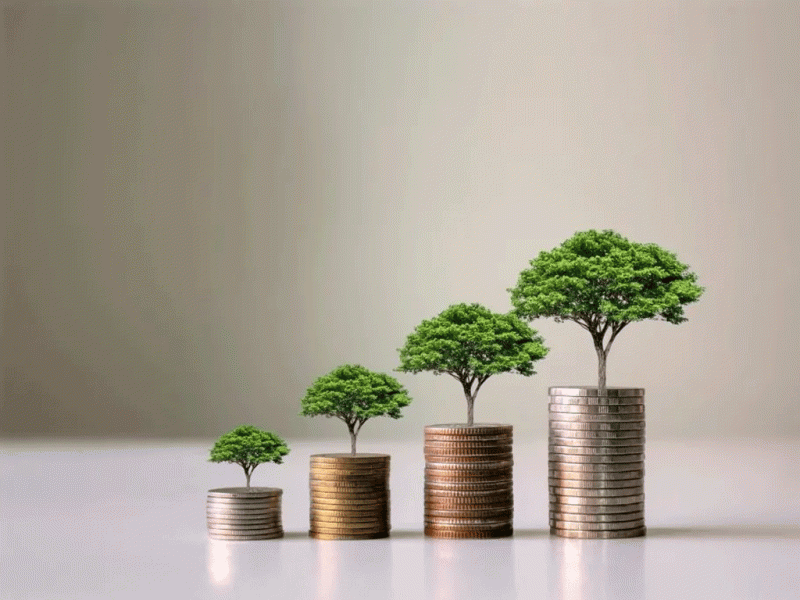Some years ago, early in my consultancy career, I met the managers of a new technology company. They had a novel idea about how to gather information from the utility meters in homes and businesses.
Traditionally, a meter reader would visit premises in person. The company sought to replace this expensive and time-consuming process by instead using a network of low-powered radio beacons on telegraph poles.
Such a system might sound archaic today, but this was an era when the proliferation of wi-fi was still a distant dream. The notion of automatically logging on to a meter and reporting back to a billing authority was actually pretty cutting-edge.
I had already worked with a couple of start-ups at the time. I had also witnessed the catastrophic dot-com collapse of 2001, and as a result,was suitably cautious about anything portrayed as the ‘Next Big Thing’.
I therefore made a point of quizzing the company about its single-user economics. This is the single-case model for a value proposition. How much money would the business save each customer in comparison to the amount it would spend on providing its service?
The managers were unable to answer this question. They instead insisted they had a working growth plan. We parted without my services being engaged, and I could find no trace of the company when I attempted to check on its progress (or otherwise) a few years later.
A valuable insight into long-term viability
Looking back, my best guess is that the company made a mistake common among new businesses – particularly those focused on technology. It produced a growth forecast without truly understanding its value proposition.
Such a forecast might show expected sales, costs, and profits in a promising light. But it can be deceiving if the fundamental value proposition isn’t grasped – and this is where single-user economics can prove extremely helpful.
Single-user economics can offer a useful means of analysing why customers might be motivated to choose a service or product. The principal motivation will usually be an increase in either savings or profits – a “value pool” that a supplier can partly claim as its “price”.
Crucially, single-user economics can also illustrate how financially viable a proposition is. This can be achieved by taking into account both the situation today and the situation at some point in the future, when a solution – again, as represented by a service or product – matures or economies of scale come into play.
Simply put: positive single-user economics indicate a service or product generates a net value. In turn, this means a supplier can charge a price that’s higher than the costs incurred.
Used in combination with a conventional growth forecast – say, one with a five-year horizon – this approach can serve as a solid basis for building a business that’s both profitable and sustainable. It can save a lot of unforeseen and potentially disastrous pain further down the line.
Why zombie businesses are inherently doomed
Interestingly, there are many companies with negative single-user economics. It’s important to appreciate how these entities work and why we should be wary of their apparent staying power.
In effect, such businesses continue to trade – and even grow – in spite of being technically insolvent. Their liabilities are bigger than their assets, yet somehow, they stagger on. This is why they’re often referred to as “zombie companies”.
To get an insight into their collective modus operandi, let’s first lay out a rudimentary definition of making a loss: it’s a situation where costs are higher than sales. A five-year growth forecast might tell a happy tale in this respect, but what’s revealing is the timing of costs and sales.
Imagine, for instance, that a supplier makes a sale to a customer and the customer pays. Imagine, too, that the associated costs are actually higher than the sale itself but don’t have to be paid out till the following month.
Now imagine that the same supplier makes two more sales before that first payment is due. This provides enough money to cover those initial costs; meanwhile, the costs of those two sales won’t be due until the next month.
This pattern of behaviour can be sustained for as long as the supplier keeps growing. But single-user economics will catch up with the business as soon as new sales slow and plateau – at which point trouble will loom.
Fit for the future
It’s not hard to find examples of zombie companies. Even on the high street there are businesses that always seem to have just enough money to service their debts and carry on operating.
It might be tempting to admire the economic acrobatics that allow them to lurch from one payment period to the next. But we should remember their capacity to survive and thrive is innately fragile.
Most – if not all – are likely to find a storm tough to weather. We may see plenty of proof of this now, amid economic slowdown and the threat of recession. They can stumble only so far before at last collapsing.
And why do they collapse? Their model is fatally flawed – and it very probably has been from the outset. They finally fall flat because their single-user economics just don’t stack up.
If costs exceed savings, as seems to have been the case with our aforementioned friends and their automatic meter-reading gizmos, then the foundations are dangerously weak. The end isn’t necessarily nigh, but it’s essentially inevitable.
This is why any new business that’s sincerely committed to the long term should embrace single-user economics at the earliest opportunity. Not least because, in challenging times, it’s one of the best ways of establishing whether your proposition is genuinely fit for the future.
David Falzani MBE is a Professor at Nottingham University Business School’s Haydn Green Institute for Innovation and Entrepreneurship (HGIIE) and president of the Sainsbury Management Fellowship.
